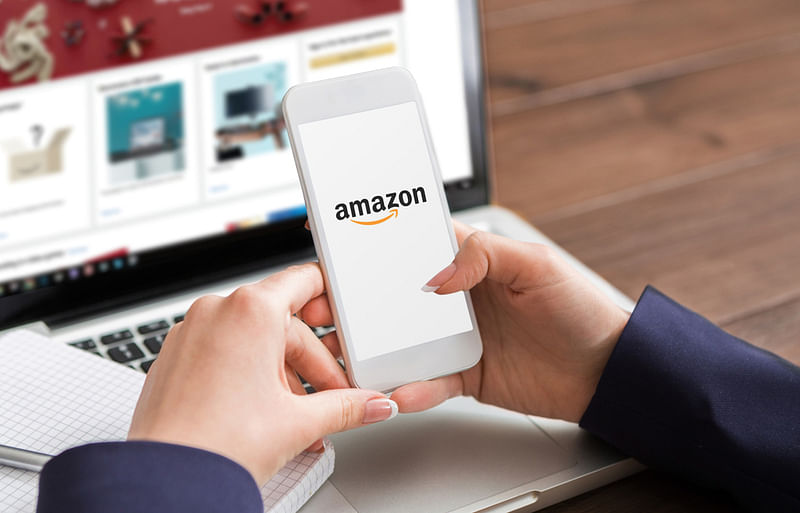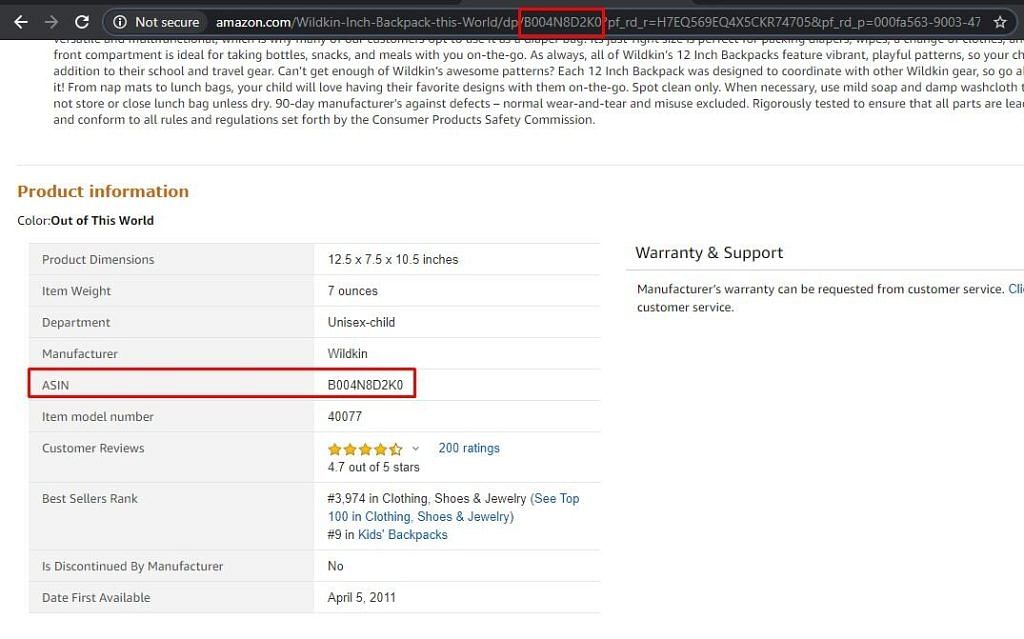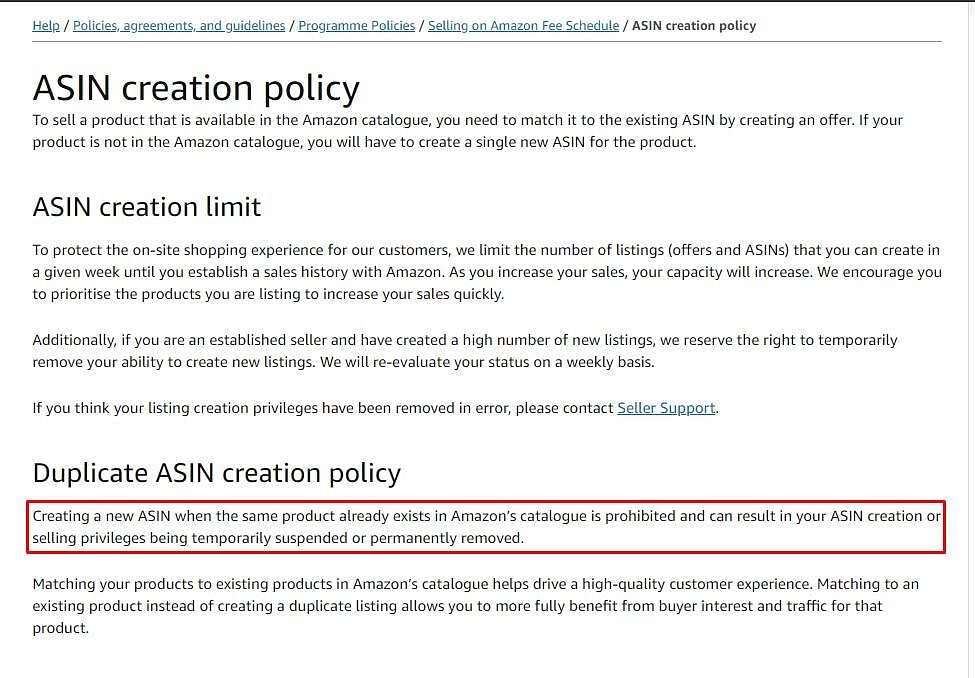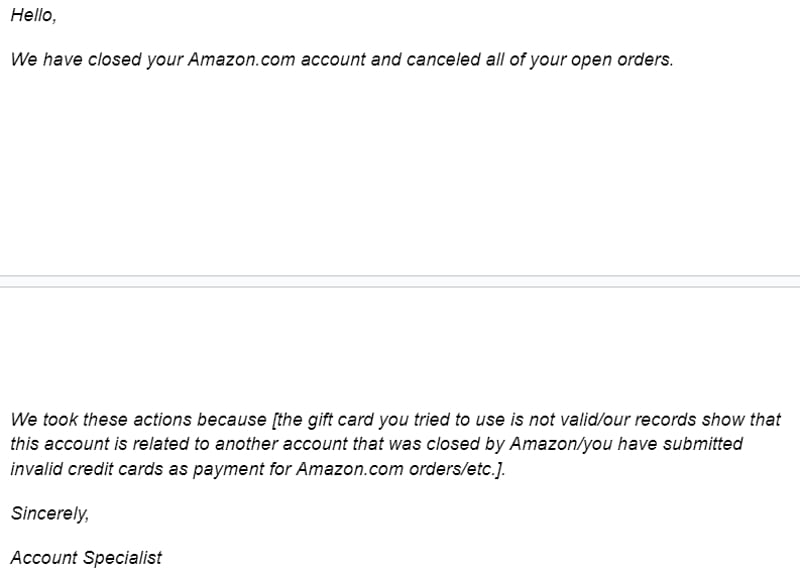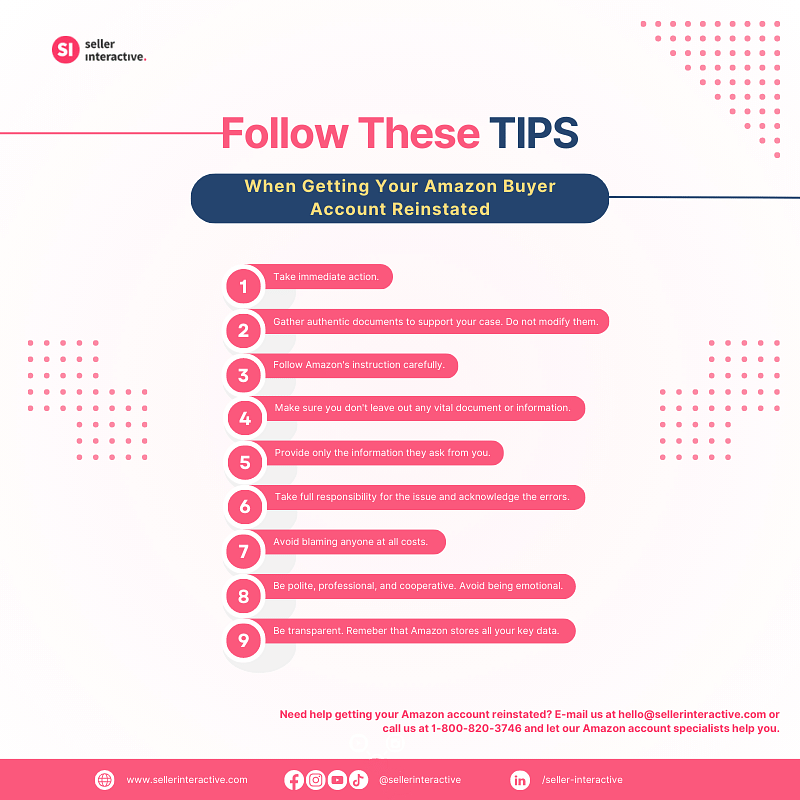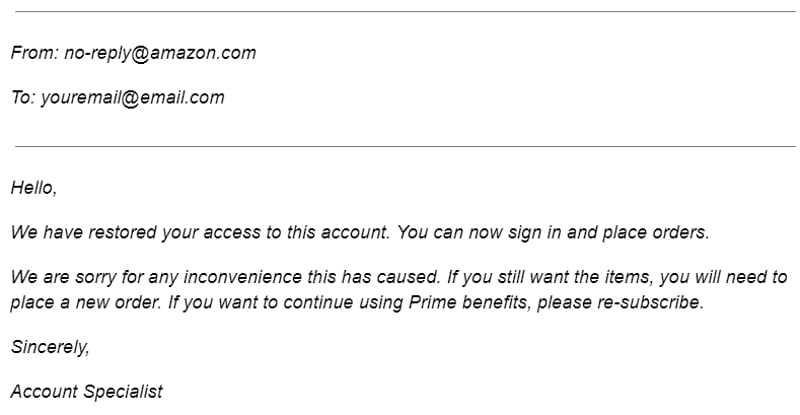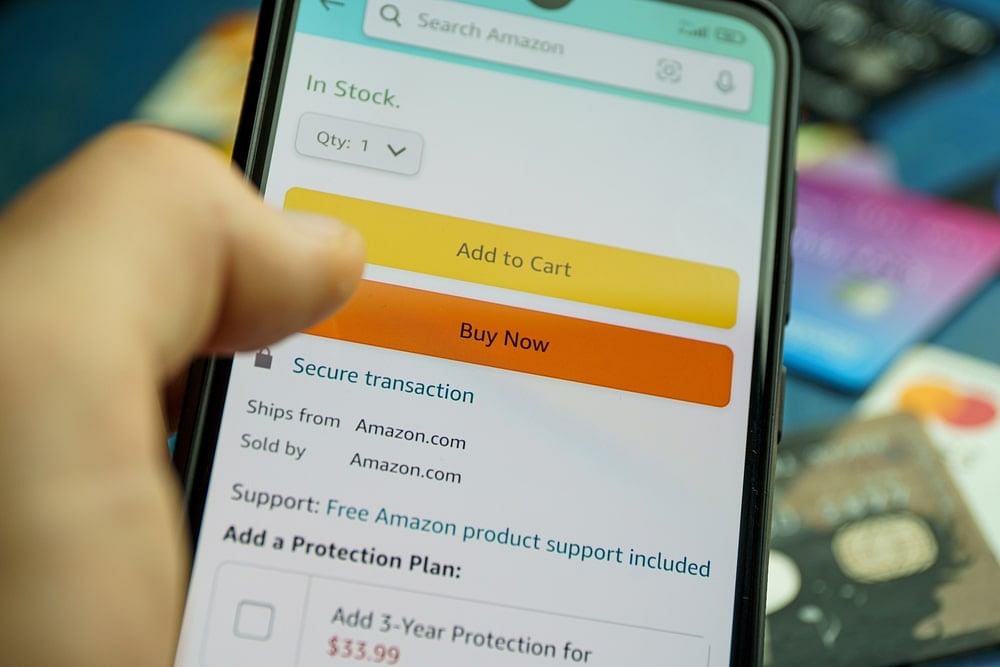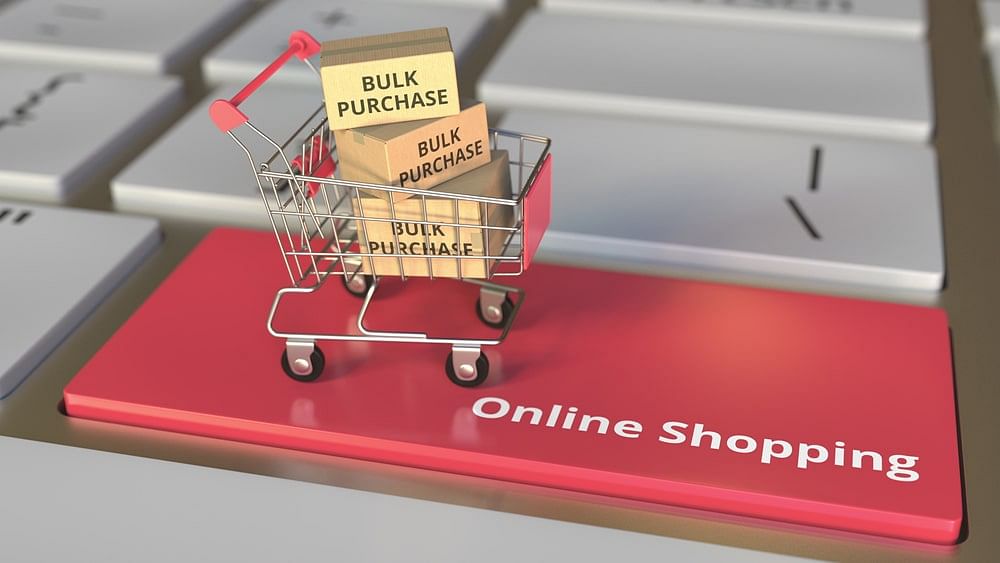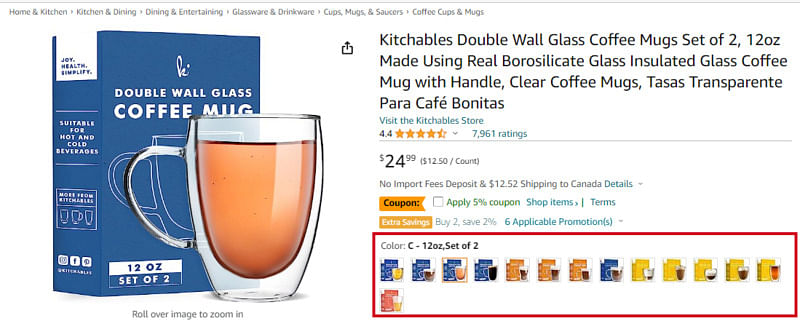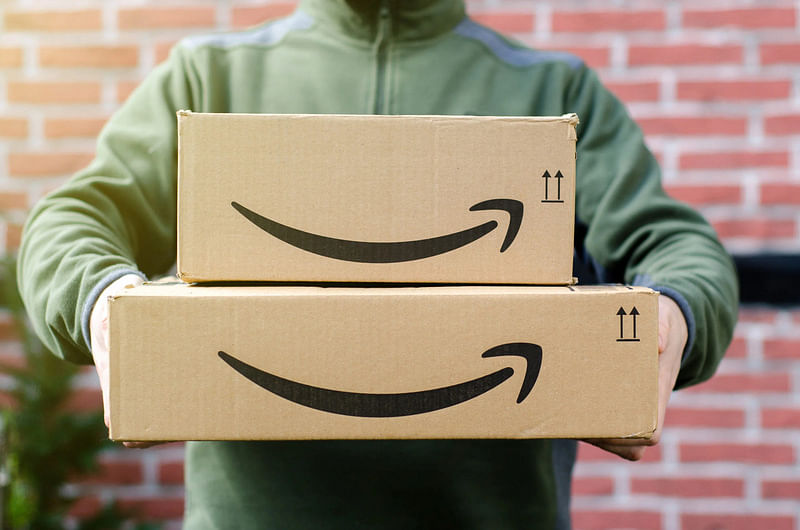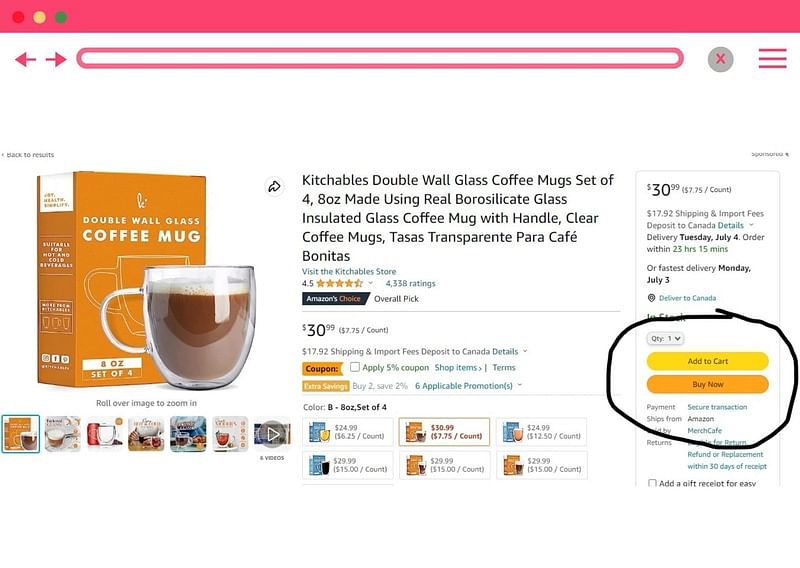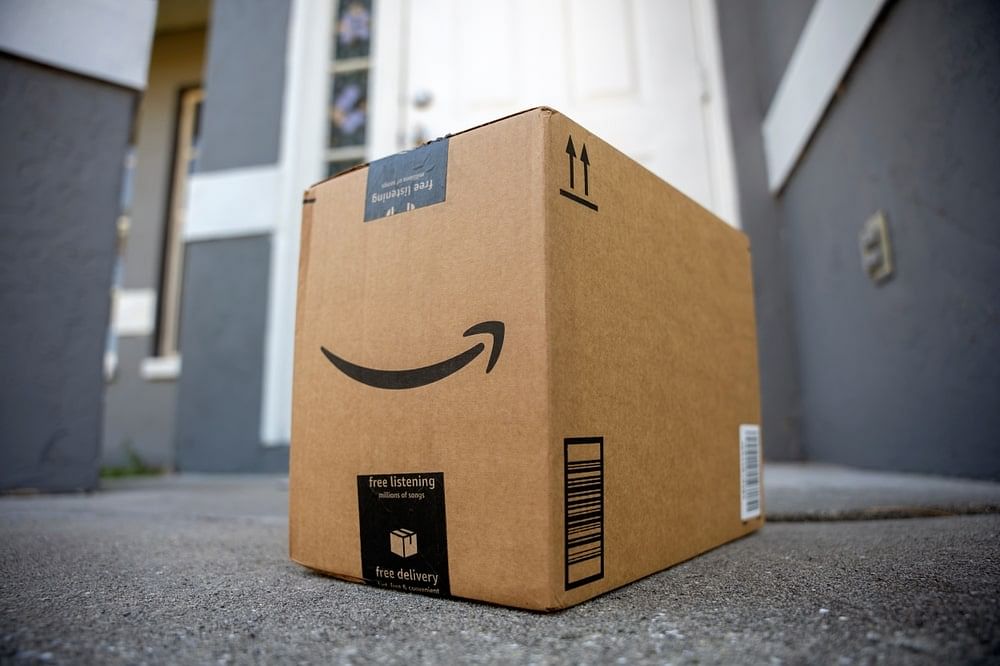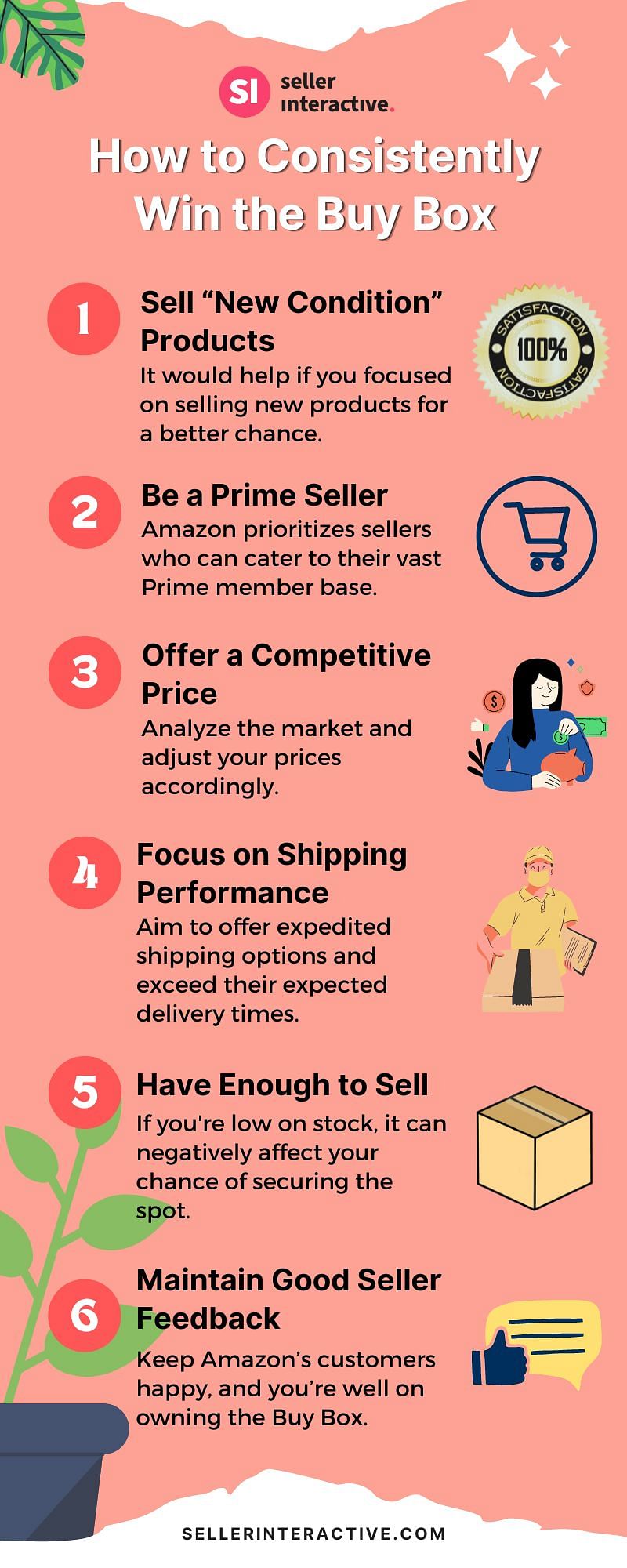Social media can be a noisy, crowded, and overwhelming place to deal with. But for digital marketers, it presents a giant goldmine for expanding a brand’s reach. In this brief guide on social media marketing for Amazon sellers, we’ll provide valuable insights on navigating social channels for success.

Benefits of Social Media Marketing for Amazon Sellers
The number of social media users continues to grow exponentially. According to a 2023 statistical report, more than 5 billion people are now using the internet, and nearly 60% are social media users. This report gives digital marketers an excellent opportunity to market brands on social media platforms.
Social media is undoubtedly one of the essential areas you should focus on as a business owner. More than half of salespeople outsell their peers by using social media. So if you want to grow your Amazon business in today's market, include a social media strategy.
Discover how utilizing social media channels can transform your Amazon business and how Amazon marketing agencies can turn this into reality!
But before anything else….
You may still wonder what specific benefits social media marketing will bring your brand and if it’s all worth a shot in the long run.
Below are the advantages your business can gain from a well-planned social media marketing strategy.
Consumer-Brand Relationships
Social media is all about engagement. Brands post various content to communicate and connect with customers better. This allows the target audience to learn more about a product or service through trivia posts, fun or educational content, company photos, news updates, and more.
Brand Awareness
With tens and thousands of users on almost every platform, social media marketing provides a valuable avenue to introduce your brand to the public. It is one of the easiest ways to spread the word about your Amazon business.
Customer Satisfaction
Building customer trust thrives on proximity. When existing and potential customers know they'll get a prompt response to every comment or direct message from your page, it leaves a good impression.
Brand Authority
Brand authority is built through customer satisfaction, brand loyalty, and communication. Your brand must create content, post regularly, and take the time to communicate with audiences to establish brand credibility.
This action prompts customers to extend their support by promoting your brand through social media accounts. Just a few clicks here and there could bring you higher conversion rates, so make the most out of that.
Valuable Insights
What could be better than acquiring first-hand insights about your customers’ needs through accurate data? Social media offers tools that give you detailed reports you can analyze and monitor to improve your marketing methods continuously. These tools keep track of your progress and help you develop more effective marketing strategies and efforts.
How to Maximize Your Social Media Presence
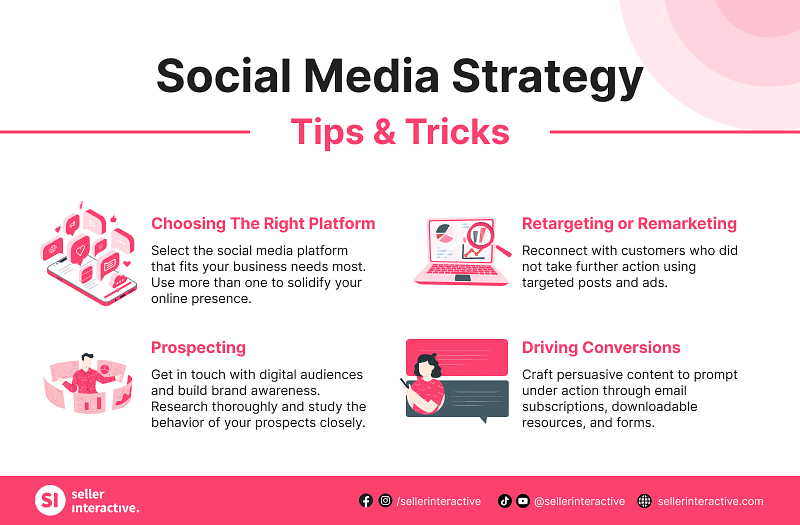
Building a strategy is a crucial part of social media marketing. Here are some essential points you should consider to create and implement one.
Choosing The Right Platform
Choose the social media platforms you will market on. Most businesses use more than one social media platform to solidify their online presence and maximize marketing efforts, allowing them to influence their audiences and followers.
Here are some of the most prominent social media platforms this year and their number (in millions) of users and engagements as of January 2023.
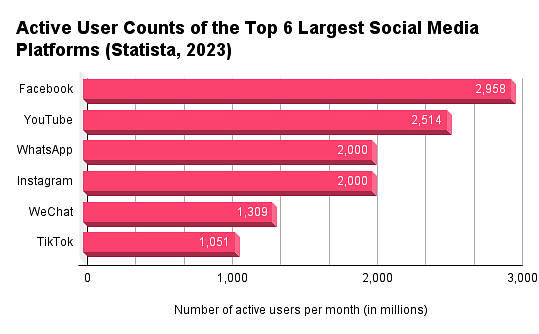
Meanwhile, these are the latest social media platforms recommended for marketers.
- TikTok
- YouTube
- Telegram
Prospecting
Get in touch with digital audiences who have never seen your brand before and build brand awareness. To do so, you will need to research thoroughly and study the behavior of your prospects closely. Use this information to set up advanced targeting capabilities, personalized messaging, and compelling content for better engagement.
Since awareness is built on engagement, devising a solid content marketing strategy for your social media platform that can produce valuable and engaging content for your audiences is essential.
Retargeting or Remarketing
Are you planning to win back users who glossed over your brand but didn't take any further action? Social media marketing can be a powerful tool to reconnect with them. For instance, you can display targeted ads with captivating and interactive elements. This way, users will be more interested in visiting your platforms and knowing more about your brand.
Driving Conversions
Do you want to focus on converting users and persuading them to take action? You could do this through email subscriptions, offering downloadable informational documents (whitepapers, case studies, and more), and encouraging users to fill in forms.
Complement those strategies with engaging social media content, targeted ads, and compelling calls-to-action leading to your landing pages.
Keeping Yourself Updated With The Current Trends
Contrary to what many beginner marketers believe, learning how to create a social media marketing strategy isn’t the final step to gaining the ideal social media engagement numbers. Knowing the basics isn’t going to cut it.
With how fast the internet and social media change, most strategies won’t stay the same forever. Keeping yourself updated and adapting to the current trends is necessary for successful social media marketing.
Some of the biggest trends in social media marketing are as follows:
- Human-to-human marketing - Whether in the B2B or B2C category, you must interact with your customers like a human. Establish a brand personality. Since many users spend time on those platforms, keeping in touch with them is essential.
- Social commerce - Facebook and Instagram have been catching up with major shopping stores like Amazon. Customers can now shop for items without leaving their social media platforms.
- Short-form video content - According to Social Insider, more people consume short videos than other content. People want information, entertainment, and ease of viewing.
- Micro-influencers - Micro-influencers have a decent follower count and are experts in a specific niche. They have genuine and relatable storytelling ideal for marketing. Collaborate with them for partnerships, sponsored posts, giveaways, polls, and more.
- Inclusivity - Today's consumers seek brands that actively endorse social causes. Forge stronger connections with your target audience by fostering inclusiveness in your social media accounts and posts.
Working With An Amazon Marketing Agency for Successful Social Media Marketing
While social media marketing is a promising strategy, managing it all by yourself is also a potential burden. If you’re concerned about this, an agency will be a good choice for you to work things out. They can help implement your social media campaigns more effectively.
An Agency For Amazon Social Media Marketing
Do you envision the promotion of your Amazon products on social media? Partnering with Amazon experts can transform this vision into a flourishing reality. Here's what they can do to elevate your social media marketing game:
- Create an effective social media marketing plan.
- Take charge of choosing the right platform for your ads.
- Connect with social media influencers to help market your products.
- Monitor and gather data to understand the market and construct measurable goals.
- Make sure your social media efforts are relevant to your Amazon conversions.
What Makes an Agency Trustworthy?
Whether it's an Amazon FBA agency or a seller consultant you're looking for, you must know what makes a good agency before officially working with them. Have these items as a checklist and see if your potential Amazon partner lives up to each characteristic.
- They must have proven expertise in the Amazon marketplace.
- They should show transparency by consulting with you first before taking any actions.
- They should deeply understand how search engine optimization (SEO) works and how it’s done effectively.
- They should have real and impressive client testimonials.
Launch Engaging Social Media Campaigns Today!
Partnering with an Amazon marketing agency for social media marketing can significantly help expand your brand's reach. By tapping into the expertise of professionals combined with the power of social platforms, you can effectively navigate the complexities of digital marketing and thrive in this competitive environment.
Growing an Amazon business is about building the right team, aligning with shared objectives, and executing a well-crafted plan to accomplish defined goals. Teaming up with Seller Interactive offers an experience like that—a choice you will not regret.
We are a team of Amazon experts dedicated to helping bring your business to success. Book an appointment with us today to get the discussion started.



